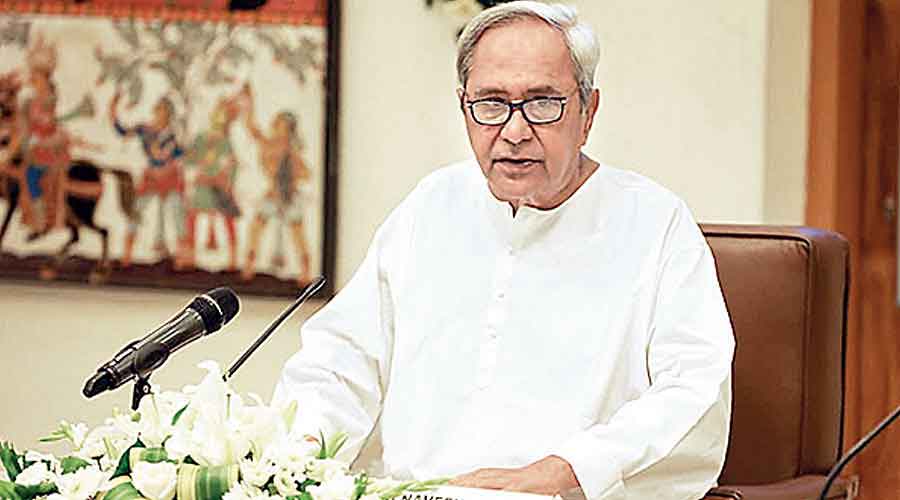The Odisha government is planning to set up telemetric rain gauges in all gram panchayats, automatic weather stations at block headquarters, and sensors in river systems for better impact-based forecasting.
Besides, the state government plans to prepare disaster management yodhas (warriors) in every village and household to deal with emergency situations arising out of any natural disaster.
The announcement was made by chief minister Naveen Patnaik on Saturday when the state recalled the devastating Super Cyclone of 1999 that wreaked havoc on the coast. “During the last 23 years since the Super Cyclone, we have done everything possible to make Odisha a safer place during disasters. Odisha today has the most robust infrastructure for disaster management. The world has recognised our efforts in all these years,” Naveen said.
The Super Cyclone had hit the coastal belt of Odisha on October 29, 1999, killing thousands of people and effectively sealing the fortune of the then Congress government for its failure to manage post-cyclone relief operations. It also paved the way for Naveen Patnaik’s ascension to power. Naveen’s Biju Janata Dal stormed to power in 2000 and has been ruling the state uninterruptedly since then.
Recalling the Super Cyclone at a function on the occasion of the Odisha Disaster Preparedness Day and National Day for Disaster Reduction, Naveen said: “ Our geographic location makes us prone to natural disasters. Nearly 10,000 people died in Super Cyclone 1999. Back then we did not have safe shelters. During these years, 815 multi-purpose cyclone and flood shelters have been constructed. Fifty-five new shelters are under construction out of Chief Ministers’ Relief Fund.”
To strengthen community-driven preparedness, Naveen said: “The state government is training more than 40,000 volunteers at village and shelter levels. Further, the government is taking up capacity building of elected representatives of panchayati raj institutions, urban local bodies, Mission Shakti members, ASHA and anganwadi workers, and Vana Surakhya Samiti members, as they play a key role in disaster risk reduction.”
“Besides, disaster and pandemic management is being introduced in the educational curricula of students from Class IV to graduation level with a view to preparing disaster management yodhas in every village and household,” he added.










